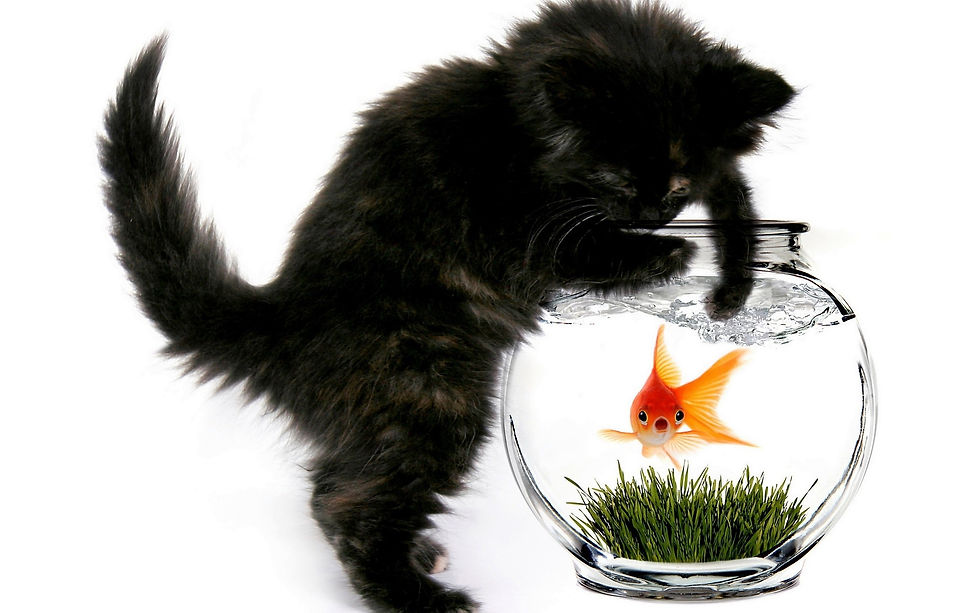This Doesn't Mean War
- Sabrina
- Apr 30, 2016
- 2 min read

The misconception for April is that all organisms only interact in a competitive nature where only one organism will benefit. This is a misconception, but it is not entirely false. Predator and prey is actually only one of the five ways that organisms interact. The other ways that organisms interact are: Commensalism, Mutualism, Competition, and Parasitism.
Commensalism is when one species benefits and the other organism doesn't care or isn't bothered by the other one. An example of this is lichen growing on rocks. The rock is not at all affected by the lichen growing on it, but the lichen really needs a place to grow and the rock provides a perfect environment for the lichen.
Competition is when two species are competing for the same resources. It usually happens when there are limited resources. For example, if there are edible leaves on a tree but only higher up on the tree, then an organism like a giraffe will benefit, whereas an organism such as a hippo would starve and die. In this kind of relationship, sometimes no organism wins, sometimes they both win, and sometimes there is a stalemate and neither organism wins but they both survive.
Mutualism is when two species live together in harmony and both benefit. In other words, the two organisms help each other to survive. An example of this is the relationship between a bee and a flower. The bee needs the flower to get pollen to make honey, and the flower needs the bee to pollinate it.
The relationship of Predator and Prey is where one organism (the Predator) eats the other organism (the Prey). Some examples of this relationship are: wolves eating rabbits, sharks eating smaller fish, and even goats eating grass. This kind of relationship promotes the development and survival of species.
The final example of organisms interacting is a specific kind of predator and prey relationship called Parasitism. Parasitism is when multiple species feed off of a host, not killing it right away, but slowly sucking the life out of it. Mosquitoes, fleas, and viruses are examples of parasites that feed off of other hosts such as human beings or animals.
To conclude there are five main types of interactions, only one of them having to do with one winning and the other one losing. These are only five of the types of interactions, there are more but those are the main ones.
SOURCES
Aralin, Takdang. "Kinds of Relationships Between Organisms." Takdang Aralin, 04 Oct. 2009. Web. 30 Apr. 2016. <http://www.takdangaralin.com/science/biology-science/kinds-of-relationships-between-organisms/>.
Rader, Andrew. "Relationships Between Organisms." Biology4Kids.com: Scientific Studies: Relationships. Andrew Rader Studios, 04 Apr. 2015. Web. 30 Apr. 2016. <http://www.biology4kids.com/files/studies_relationships.html>.
Comments